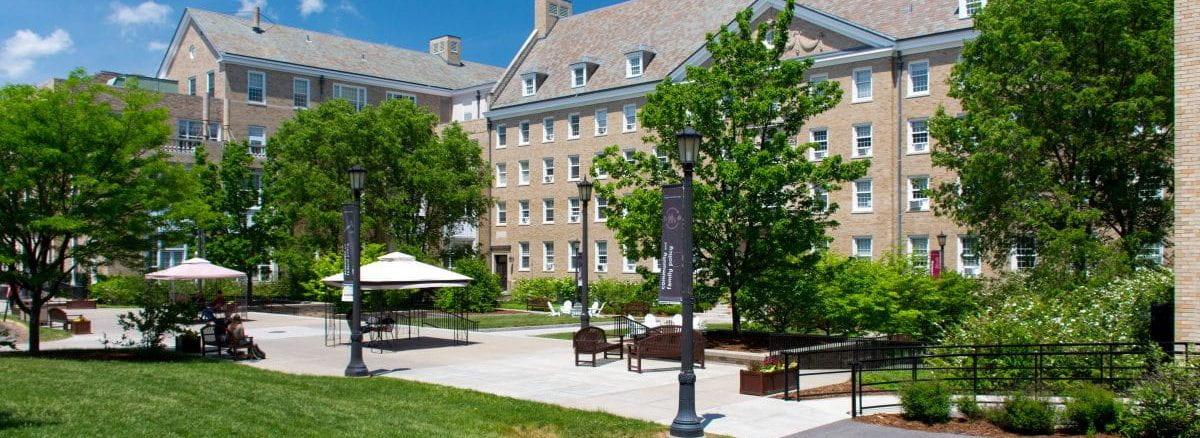
To better understand its impact on community change, the CITY Project is taking part in a Multistate Education/Extension and Research Project, Contribution of 4-H Participation to the Development of Social Capital, to examine the ways in which participation in 4-H contributes to the development of social capital. This multistate research project—the first of its kind for 4-H—focuses on how community improvement projects conducted by youth-adult partners contribute to the well-being of youth and the communities in which they live. Seventeen (17) states are currently participating in the study. The results will aid 4-H educators and other youth development practitioners by defining the strategies most likely to contribute to the development of social capital.
Youth development educators are looking at strategies to engage youth and to understand the impact of civic engagement on community development. At the same time, community economic development educators are seeing civic engagement as a critical component of their community efforts. As a Cornell Cooperative Extension 4-H Signature Youth Community Action (YCA) Program, the CITY Project fosters youth-adult partnerships that encourage active civic engagement. Although some benefits of YCA programs are well documented, little is known about the impact of YCA participation on the development of social capital and the mechanisms by which these impacts occur.
As part of this national research project, the CITY Project agreed to pilot a new mapping process (Emery & Flora, 2006) based on appreciative inquiry (Cooperrider & Whitney,1999), designed to capture the impacts of civic engagement on both youth and their communities. Flora and Flora (2008) found that the communities most successful in supporting healthy sustainable community and economic development paid attention to seven types of capital: natural, cultural, human, social, political, financial and built. The Social Capital Mapping Process piloted by the CITY Project draws on Community Capitals Framework (Flora & Flora, 2008). The CITY Project’s map will be used to guide research addressing these questions:
- What CITY Project/4-H experiences contribute to the development of social capital among youth?
- How does the CITY Project’s community involvement impact the development of social capital among youth and adult volunteers?
- How does the CITY Project’s community involvement impact the development of social capital within the community?
The CITY Teen Leaders at CCE Broome County recently pilot tested the mapping process. They began by brainstorming their completed community improvement projects and listing these on an area of the map corresponding to the appropriate type of community capital (see explanation of the types of capital and an example of a completed map below). During this process, they discussed how things were different as a result of the CITY Project, what people in the community were doing differently, who had benefitted from these changes and in what ways. Next, the group focused on impacts, or how institutions, community agencies and systems may have changed as a result of their efforts. Once the map is completed, the results will be shared with the researchers working on the multistate research project. The findings will be used to document the CITY Project’s impact the development of social capital among youth, adult volunteers and the community.


The CITY Project is funded by the Children, Youth and Families At Risk (CYFAR) Program, and is supported by Smith Lever funds from National 4-H Headquarters, National Institute of Food and Agriculture (NIFA), U.S. Department of Agriculture (USDA). The CITY Project gratefully acknowledges the support of a number of community partners and collaborators including Binghamton University Liberty Partnership Program; OASIS After School Program, Endicott; Broome County Youth Bureau; City of Binghamton Youth Bureau. Any opinions, findings, conclusions, or recommendations expressed in this publication are those of the author and do not necessarily reflect the view of the U.S. Department of Agriculture.
For More Information
CITY Project http://media.cce.cornell.edu/hosts/city/
June P. Mead, jm62@cornell.edu, CITY Project Director, Department of Human Development, Cornell University
References
Cooperrider, D. L., Whitney, D. (1999). Appreciative Inquiry: A positive revolution in change. In Holman, P., Devane, T. (Eds.), The change handbook: Group methods for shaping the future. San Francisco, CA: Berrett-Koehler Publishers, Inc.
Emery, M., & Flora, C. (2006). Spiraling-up: Mapping community transformations with Community Capitals framework. Community Development, 37(1), 19-35.
Emery, M., & Calvert, M. (2010). Contribution of Youth Engagement to the Development of Social Capital. Retrieved July 2010: http://nifa-connect.nifa.usda.gov/p97242282/
Flora, C.B. & J.L. Flora. (2008). Rural Communities: Legacy and Change, 3rd Edition. Boulder, CO: Westview Press.

